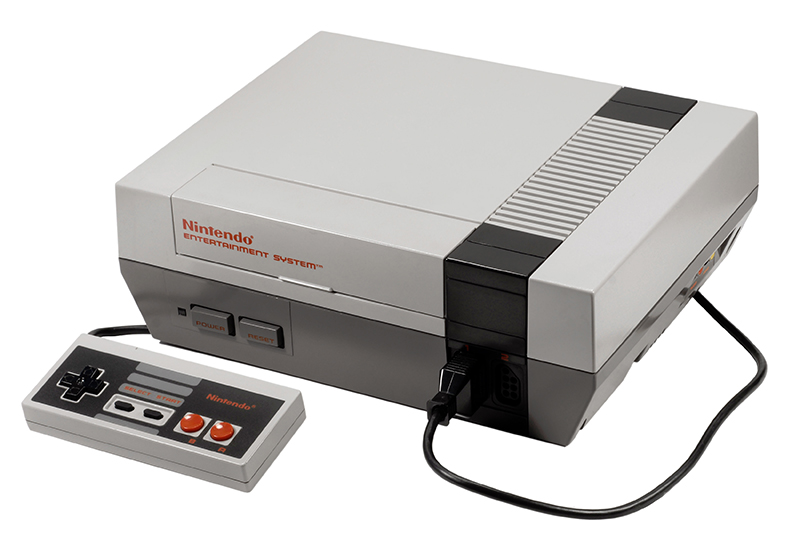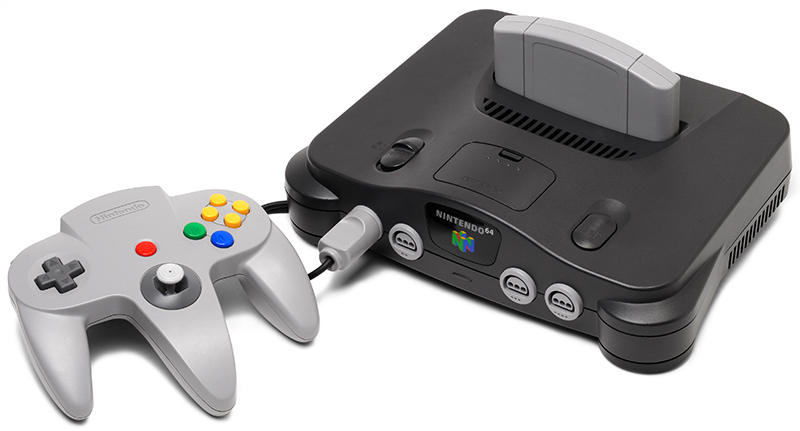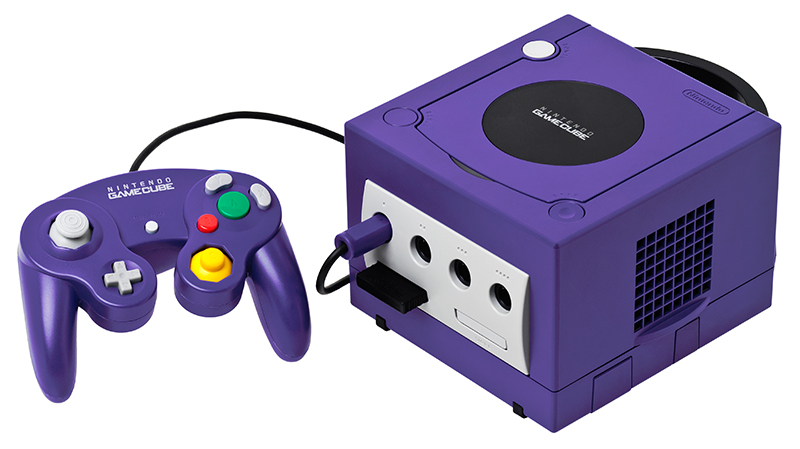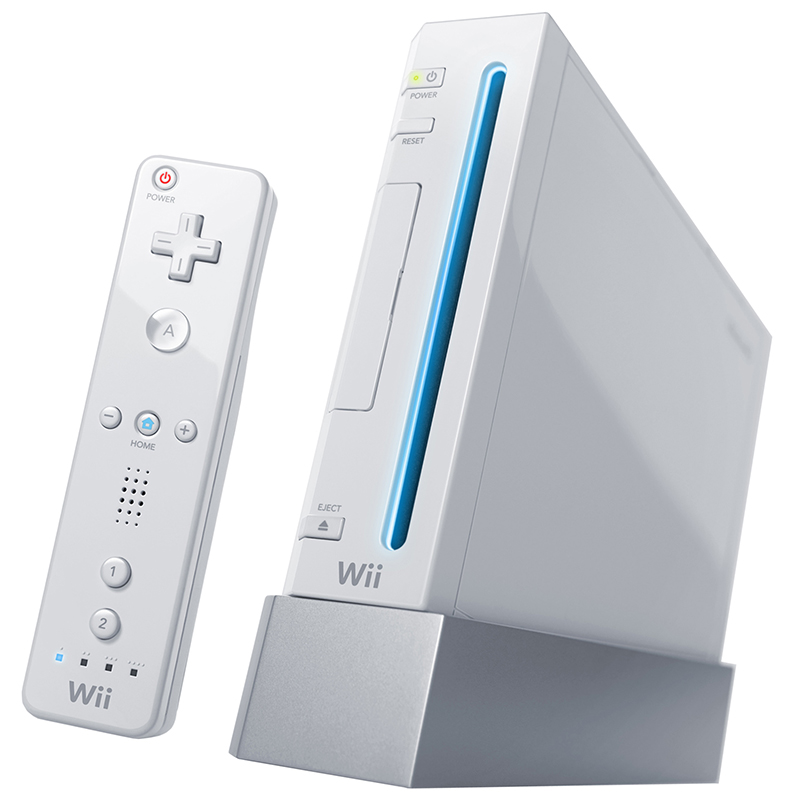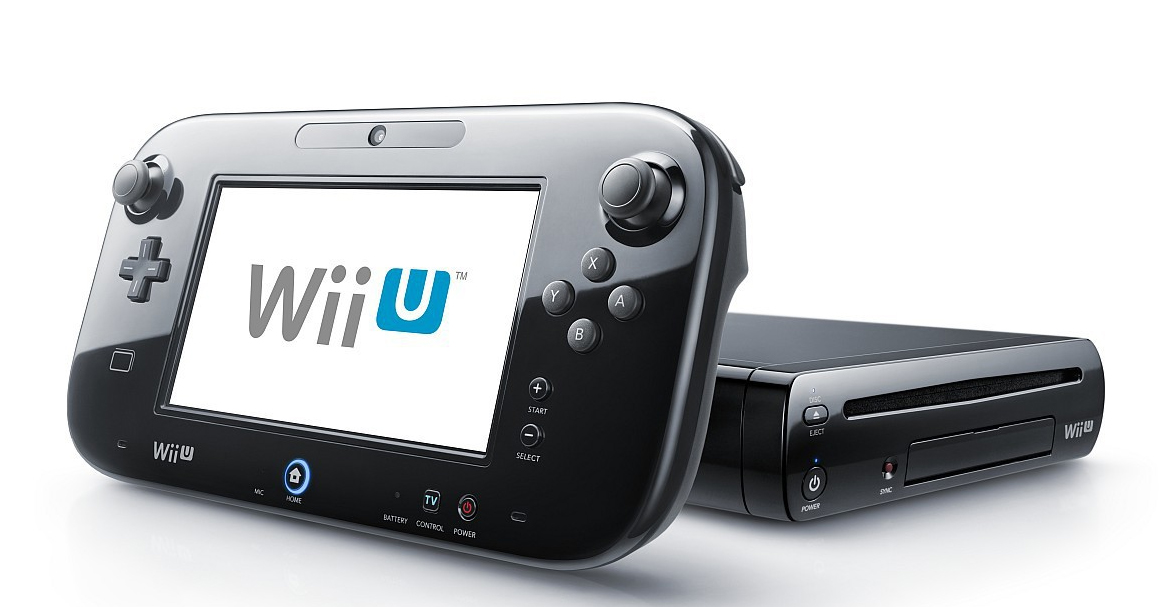What’s in a name? If you’re trying to a sell home video game console, a lot.
The name is the most important marketing tool a product can have. It needs to tell consumers something about the device, hopefully enough to entice them to buy one. This is something Nintendo has utilized with varying degrees of success. Some of the names of its systems have become cultural icons, while others did more to confuse consumers than inform them.
With the code-named NX getting its official name, the Nintendo Switch, GamesBeat thought it would be fun to chronologically look back and rate the monikers the House of Mario has come up for all of its home consoles.
Nintendo Entertainment System
U.S. release date: October 18, 1985
It’s hard to rate this name after so many years of nostalgia trying to blind my objectivity. Just saying the acronym NES (or phonetically pronouncing it as “nes”) fills many a nerdy heart with warmth and happiness. Of course, at the time, we just called it the Nintendo. Heck, many of our parents started to refer to all video games as Nintendo. Your name must have done something right if it became synonymous with the entire market. It’s like people who call all soda Coke or all hot tubs Jacuzzis.
But it’s not a flashy or even descriptive name. What is an “entertainment system”? Sure, that could be something that plays video games, but it could also be some sort of multimedia device that plays music and movies. It’s not as clever as the Japanese name for the system, Famicom, which was a combination of the words “family” and “computer”.
Score: 7/10
Super Nintendo Entertainment System
U.S. release date: August 23, 1991
OK, this isn’t the most original name, but it definitely makes it clear that this system is an improvement of its predecessor. You liked the NES? Well this is the Super NES. It makes a marketer’s job easy.
The Super Nintendo also gave game makers an easy way to name their new titles. It wasn’t just Castlevania IV, it was Super Castlevania IV. Forget about Metroid, now you can play Super Metroid.
And, just like with that phonetic “nes,” it’s a treat to the tongue and ears whenever an audible “snes” leaves a mouth and enters the air.
Score: 8/10
Nintendo 64
U.S. release date: September 26, 1996
The console wars were raging hot in the mid ’90s, with each company desperate to prove to consumers that its machine was the best. Some would do this by bragging about how many bits its system had, whatever those were. It was a number that few consumers actually understood, but, hey, more had to better, right?
We all knew that the SNES and Sega Genesis were 16-bit. The PlayStation was 32-bit. So, Nintendo decided that it was going to rub its new console’s 64 bits in everyone’s face by literally calling the system the Nintendo 64.
Just adding a number to the end of your company’s name may not be the most inventive way to name a product, but it clearly spelled out to consumers that Nintendo’s new system was a graphical powerhouse. And, just like with the Super Nintendo, it gave everyone a naming convention that carried over to the titles of software: Super Mario 64, Donkey Kong 64, Bomberman 64, and so on.
Score: 6/10
GameCube
U.S. release date: November 18, 2001
At this point, it was popular for console makers to create some sort of new compound word when naming a system. Sony had the PlayStation, and Sega had the Dreamcast. So Nintendo gave us the GameCube, which was a surprisingly literal title. The system really was a cube.
It’s a playful, cute name that works with the system’s bright, toy-like appearance. However, unlike the SNES and Nintendo 64, it didn’t clearly tell consumers that what they were buying was an upgrade. Sometimes, the less clever but more obvious name works best. For example, the simply named PlayStation 2 mopped the floor with the GameCube during this time in the industry.
Score: 7/10
Wii
U.S. release date: November 19, 2006
Yes, we all laughed when we first heard it. However, Wii quickly became a household name. Maybe it didn’t make everyone think of unity and togetherness like Nintendo had hoped, but the strange name somehow seemed like a perfect fit for the odd and daring console, which experimented with motion controls and had some of its biggest hits thanks sports minigames and a weight-loss program.
“Weee” is also the noise someone makes when having fun, so the name may have also tapped into that subconscious word association in consumers. Also, the name itself was pleasing to look at, with those two lowercase I’s always politely bowing at viewers during commercials and other marketing materials. No one would have thought it when we first heard it, but Wii ended up being a great name.
Score: 8/10
Wii U
Release date: November 18, 2012
And then we come to the worst of the lot.
What the heck is a Wii U? Like the SNES, continuing the name from a previous console should indicate a clear successor. However, the U part really confused everyone. What does it mean? Is this Wii University? Many consumers weren’t even sure if it was actually a new system, with many thinking it was just a new controller or accessory for the original Wii.
Even the supposed marketing message didn’t make any sense. Wii supposedly meant togetherness, but U means … well, just you. It’s a contradiction. They would have been better off just calling this system the Wii 2.
Score: 4/10
Switch
Release date: March 2017
Then we come to the newest name in the Nintendo family, the Switch. It’s hard to know just how well this moniker will resonate with customers since the device isn’t out yet, but the name does do a good job of explaining what the system is all about. The Switch enables you to … well, switch between playing on a TV and a portable system. You can also switch out the sides of the controller, moving them to portable display.
It’s also the simplest name Nintendo’s ever used. It’s not a made-up word or acronym. You can understand it without any explanation from a marketing team.
Score: TBA
VentureBeat's mission is to be a digital town square for technical decision-makers to gain knowledge about transformative enterprise technology and transact. Learn More

